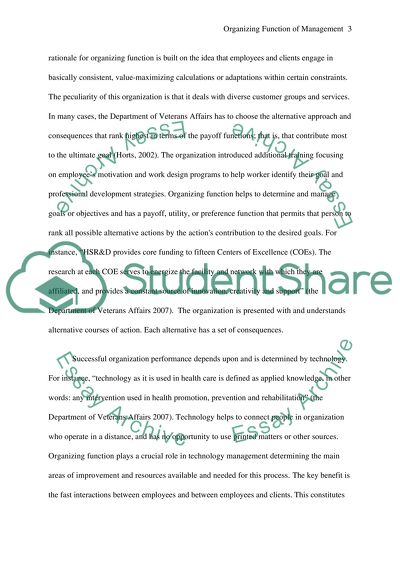Cite this document
(Organizing Function of Management: The Role and Impact of Organizing Term Paper, n.d.)
Organizing Function of Management: The Role and Impact of Organizing Term Paper. Retrieved from https://studentshare.org/human-resources/1505667-organizing-function-of-management-essay
Organizing Function of Management: The Role and Impact of Organizing Term Paper. Retrieved from https://studentshare.org/human-resources/1505667-organizing-function-of-management-essay
(Organizing Function of Management: The Role and Impact of Organizing Term Paper)
Organizing Function of Management: The Role and Impact of Organizing Term Paper. https://studentshare.org/human-resources/1505667-organizing-function-of-management-essay.
Organizing Function of Management: The Role and Impact of Organizing Term Paper. https://studentshare.org/human-resources/1505667-organizing-function-of-management-essay.
“Organizing Function of Management: The Role and Impact of Organizing Term Paper”, n.d. https://studentshare.org/human-resources/1505667-organizing-function-of-management-essay.


